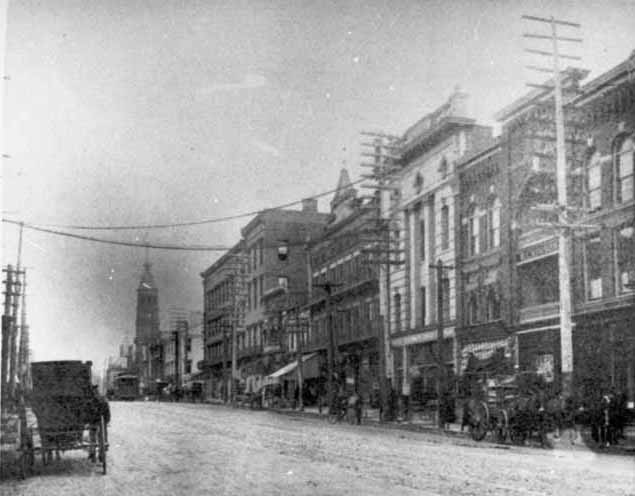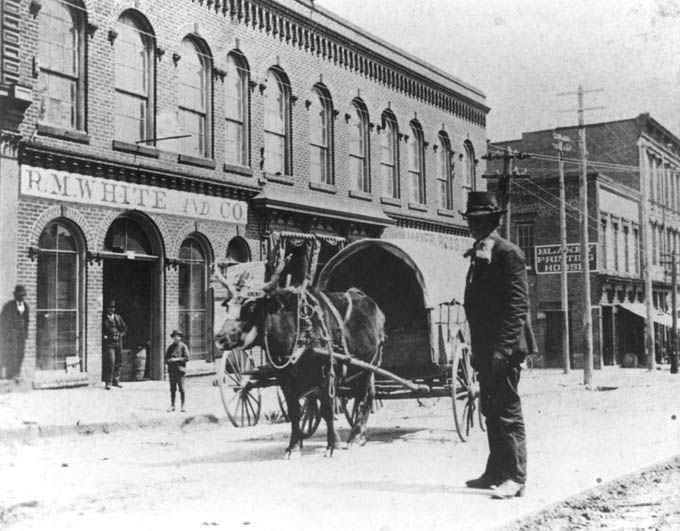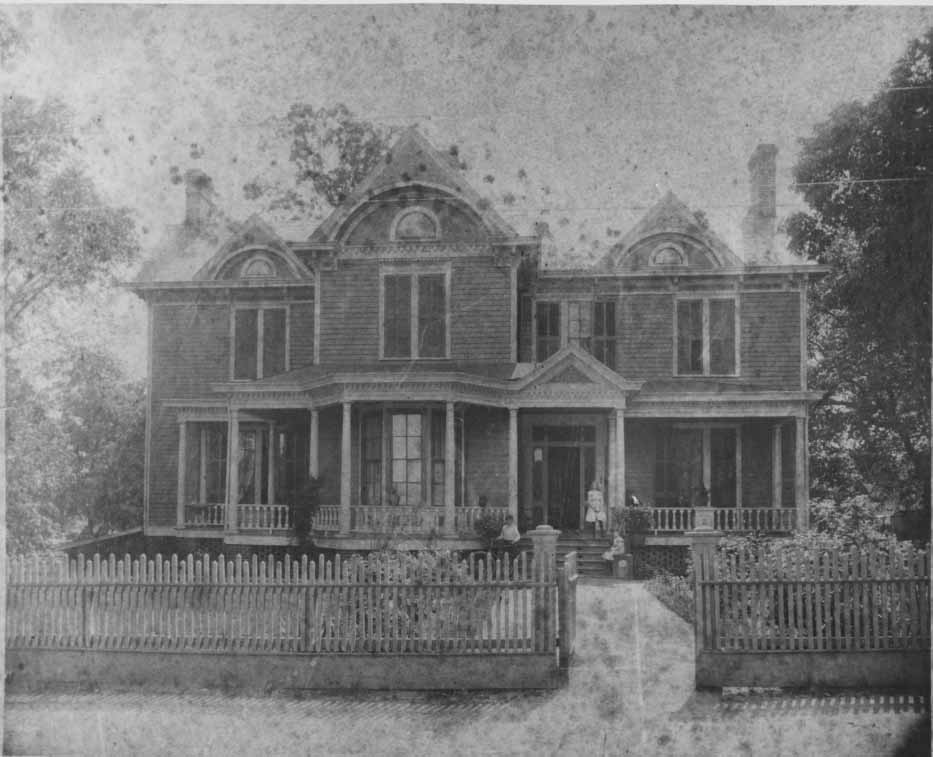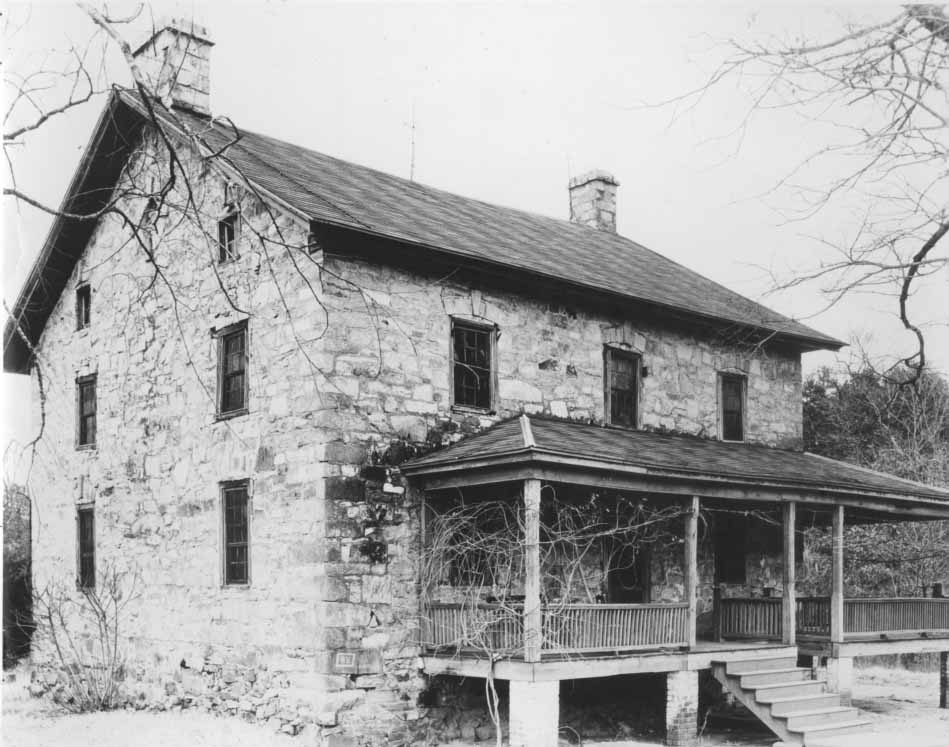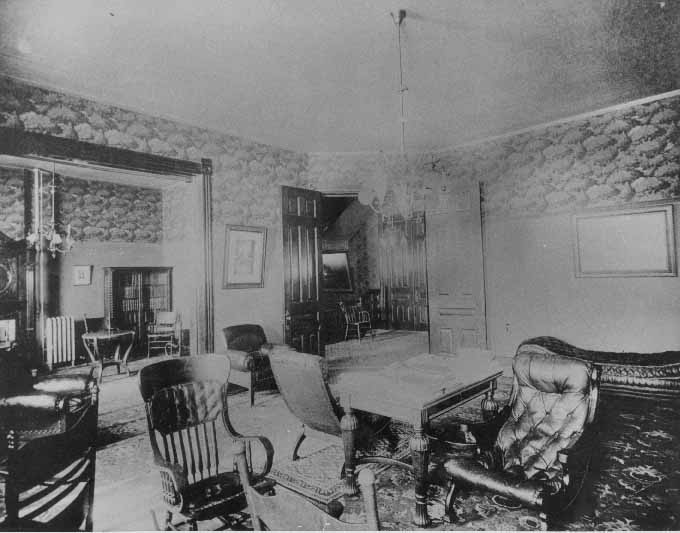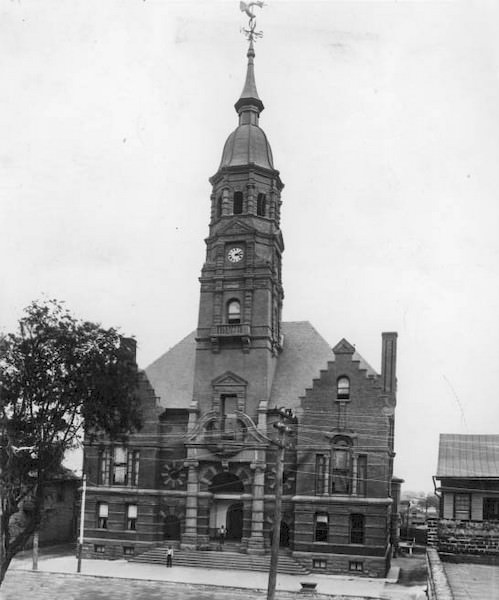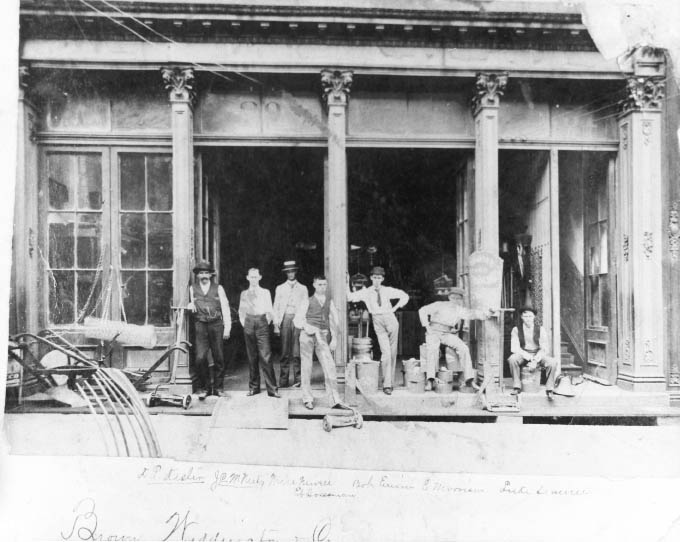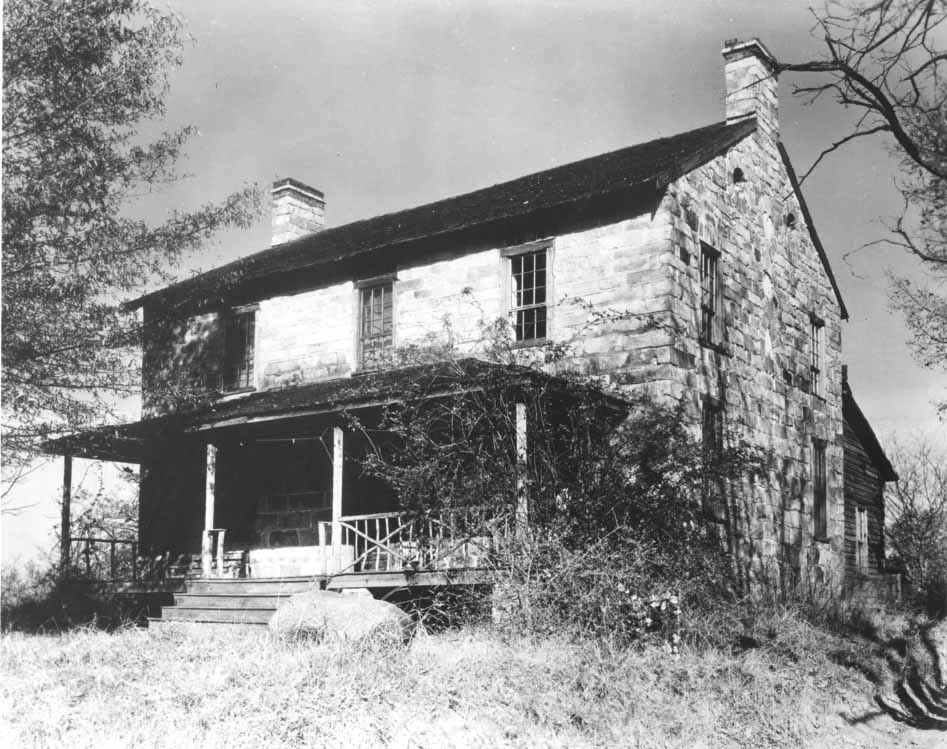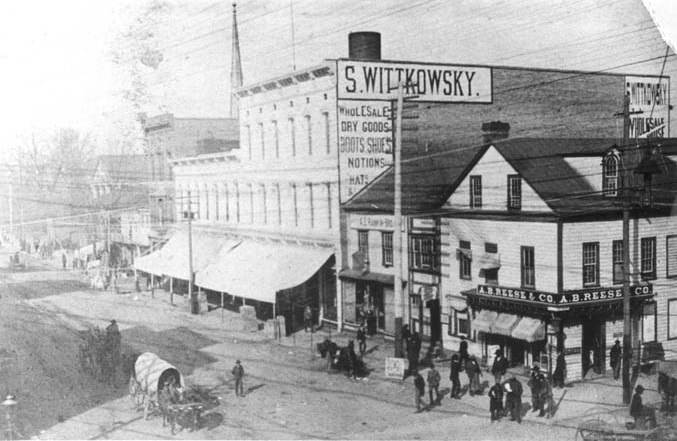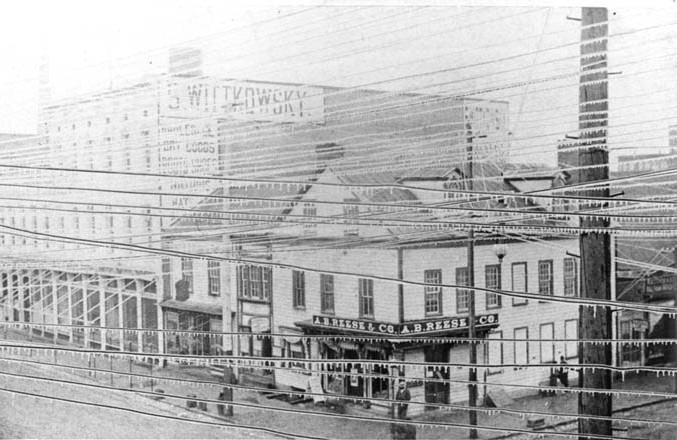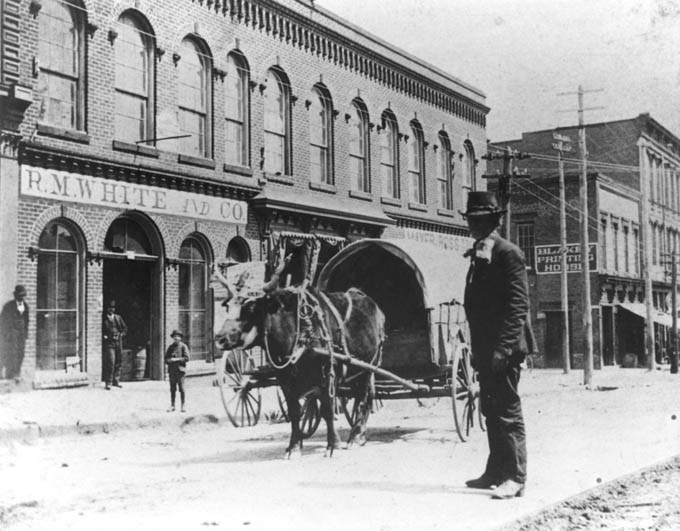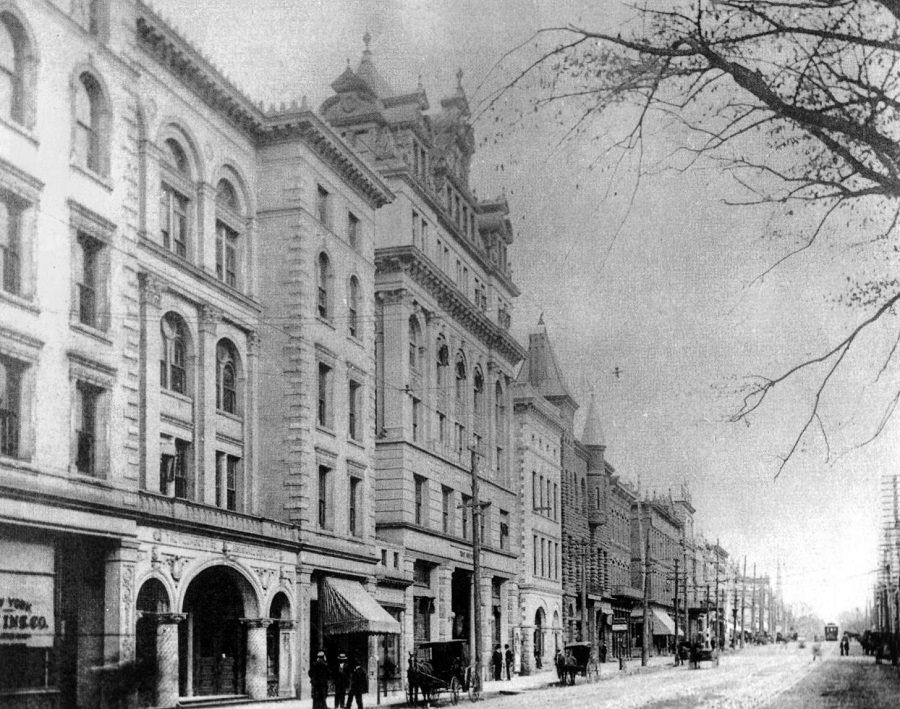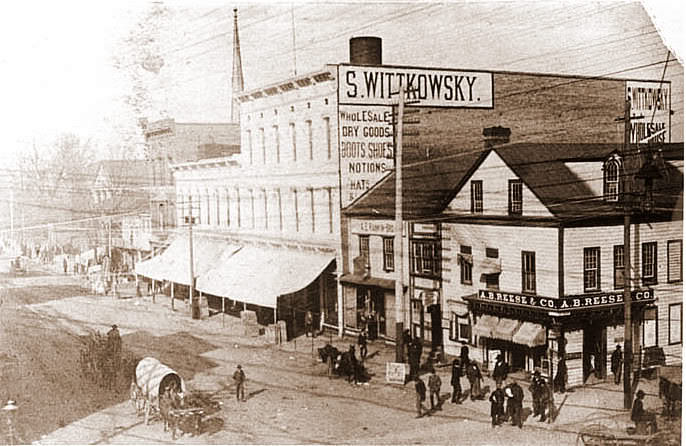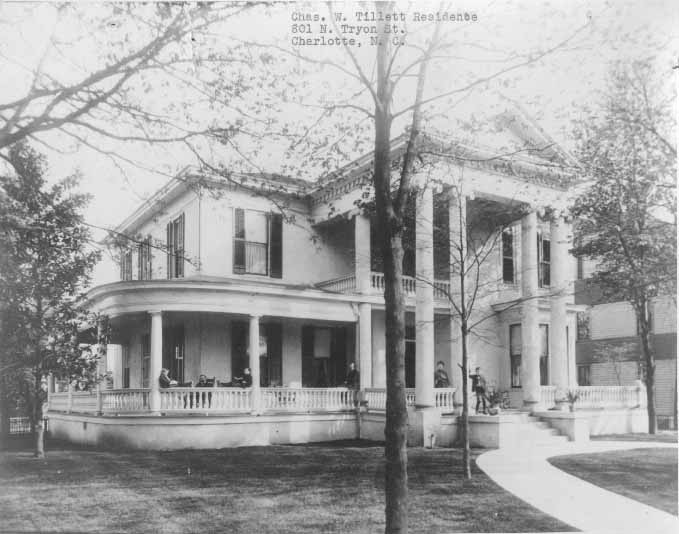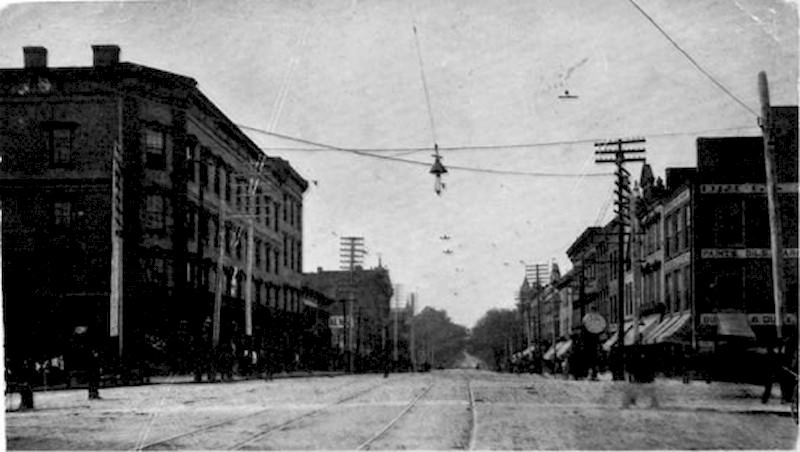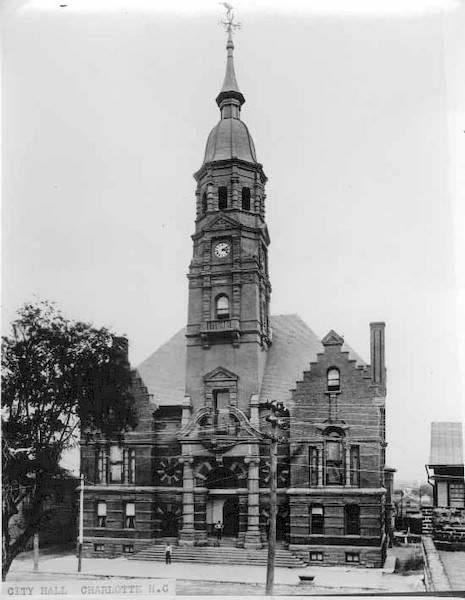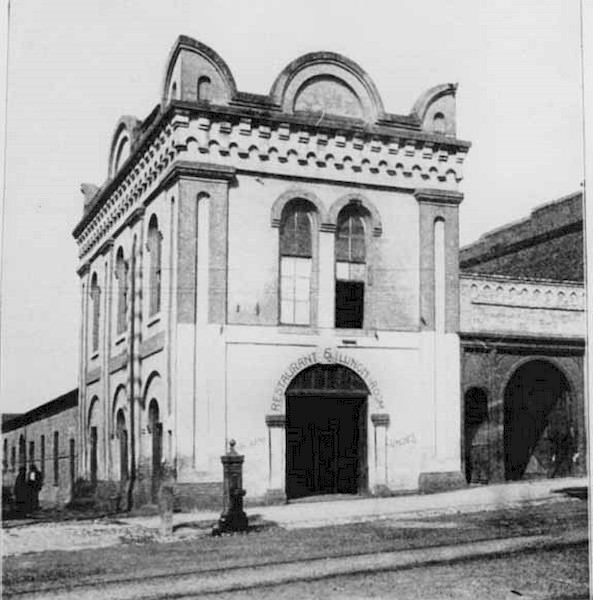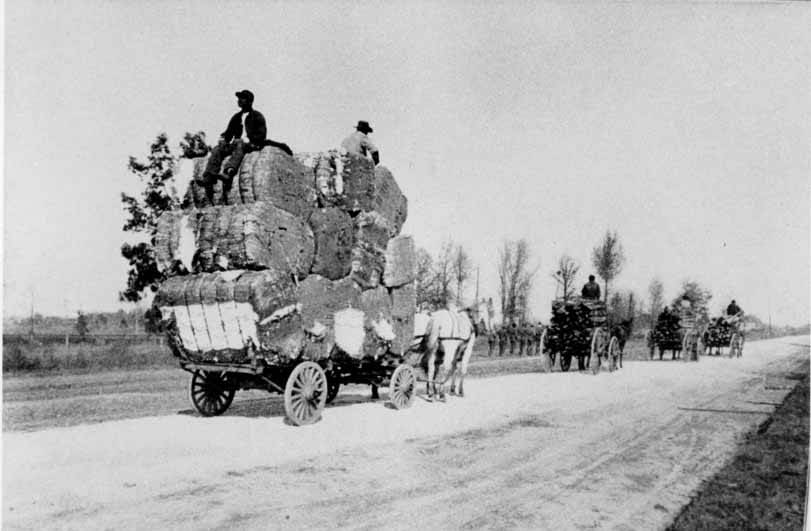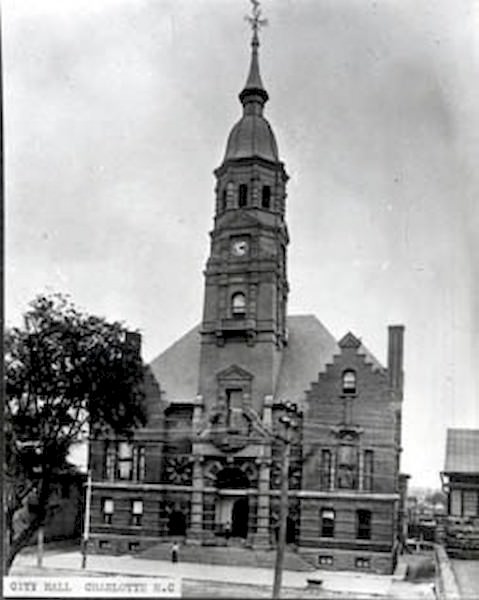Charlotte was named after King George III’s wife to curry favor with the king. Charlotte is located in Mecklenburg County along the Catawba River in South Central North Carolina, also known as the “Queen City.” English-Irish immigrants came to the area from Pennsylvania along the Great Wagon Road. Charlotte is today the second largest area in the Deep South after Atlanta and the second-largest city by banking volume after New York City.
The first rail line to enter the heart of the Carolinas was built in 1852 by local investors in Charlotte and upstate South Carolina. The railroad linked Charlotte with Columbia, South Carolina, where goods were transported to the port of Charleston. The North Carolina state legislature immediately authorized the construction of a second line connecting Charlotte with Raleigh. Charlotte’s railroad crossroads made it a hotspot in the Civil War from 1861 to 1865. Confederate cannon and ironwork were manufactured here. When Richmond, Virginia, fell during the last days of battle, Jefferson Davis fled south along the rail lines. He held a final full cabinet meeting in a house on Tryon Street.
In 1870, the population of Charlotte nearly doubled from 2,265 to 4,473. In the county, the village had gained importance with the arrival of the railroads. This trend continued after the end of slavery and impacted the self-sufficient plantation economy of the rural areas. In 1850, Charlotte contained only eight percent of Mecklenburg County’s population, but by 1860 it had risen to thirteen percent, and by 1870 it had risen to eighteen percent. This prosperity was not limited to Charlotte. It was part of a national boom in the aftermath of the Civil War, and Charlotte’s railroad connections enabled the city to participate in it. Charlotte was now firmly tied to the national economy and its fluctuations.
The city got its first successful cotton mill in 1880. The Charlotte Cotton Mill, established by R. M. and D. W. Oates, initially employed around 70 people, most of whom were women. Other cotton-related industries grew during the 1880s boom. At the end of the 19th Century, the city had 12 industrial machinery sellers, including the long-established Mecklenburg Iron Works, the new Liddell foundry, three clothing factories, two cotton ginners, one cotton oil mill, and a manufacturer of cotton bags and ties.
Below are some stunning historical photos that will take you to late-19th century in Charlotte. Also check, historical postcards of Charlotte from the early 1900s.
#1 Tryon Street (North), 1890s
#2 Uptown Charlotte, 1880s
#3 Louise Cotton Mill, 1897
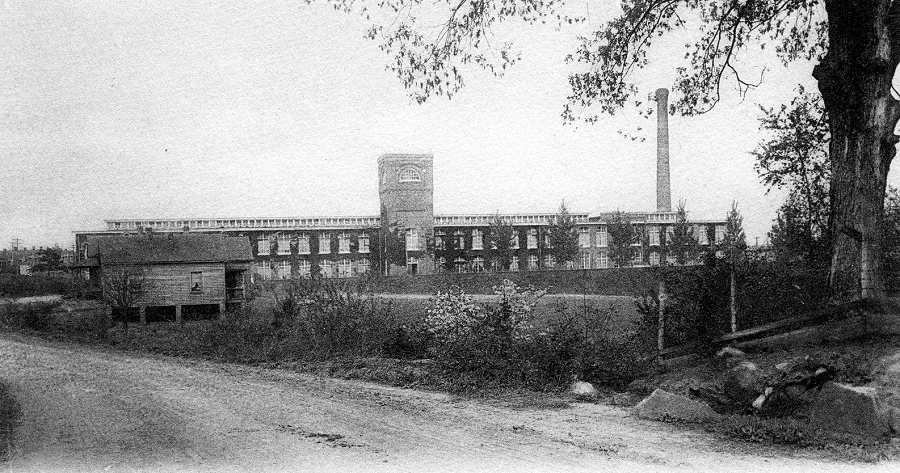
The Louise Cotton Mill was built at 1101 Hawthorne Lane in Charlotte. At the time of its completion in 1897, it was the largest mill in Charlotte. In 1901, a large additon was completed. Herbert Smith Chadwick (1856-1899) was the owner He also built 60 mill houses nearby in rows of five with twelve houses to a row. Chadwick came to an untimely end after being honorably discharged from the Army during the Spanish-American War. One year later, he committed suicide in 1899 while in Boston for business.
#4 Myers House, 1892
#5 Hezekiah Alexander House, 1890s
#6 Southern Manufacturers Club, 1890s
#7 Charlotte City Hall, 1891
#8 First Presbyterian Church, 1899
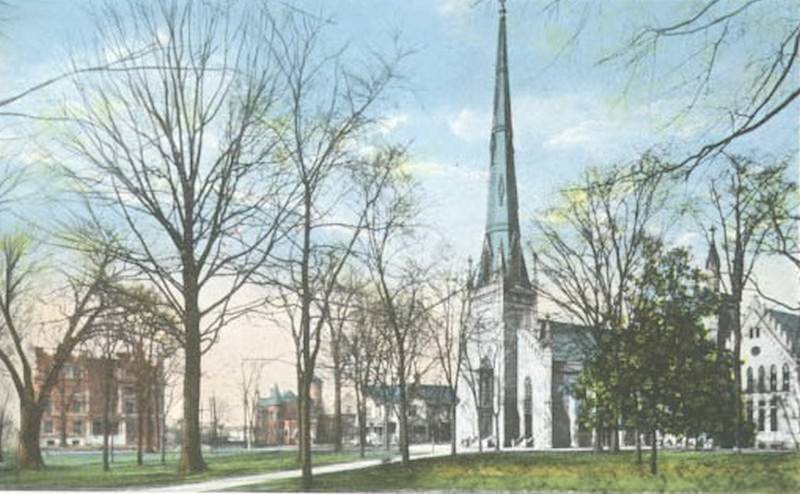
Located at Trade and Church Streets, First Presbyterian Church is the site of one of the first churches built in the city of Charlotte. The original church was completed in 1923. The current church was built in 1895. It became known as First Presbyterian Church in 1873 with the organization of Second Presbyterian Church.
#9 Brown & Weddington Hardware Store, 1890
#10 Third Mecklenburg County Courthouse, 1890
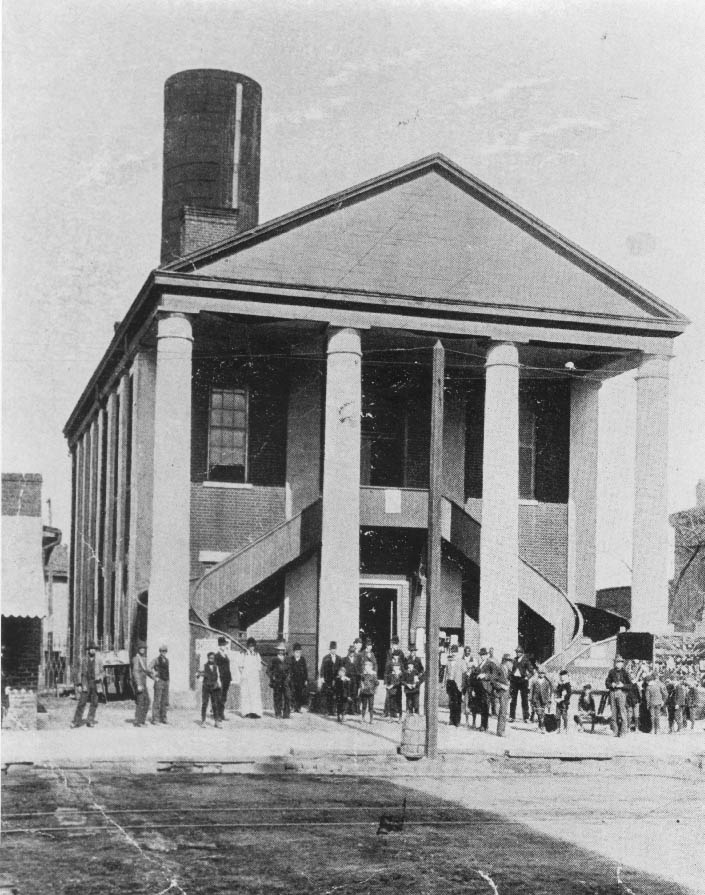
The Third Courthouse was located at Church and Trade Streets. Each of the tall, white columns were made from a single pine tree then stuccoed after being milled. It gave the appearance of marble. When the courthouse was torn down, no one recalled this fact, and the workers were surprised to discover perfectly preserved trees beneath the stucco. It was torn down in 1898.
#11 Wallace or Wallis House, 1890s
#12 Northwest corner of Independence Square, 1890
#13 Northwest corner of Independence Square, 1890
#14 East Trade Street, 1890
#15 Tryon Street, 1893
#16 Uptown Square, 1887
#17 Samuel Wittkowsky’s Dry Goods Store, 1890
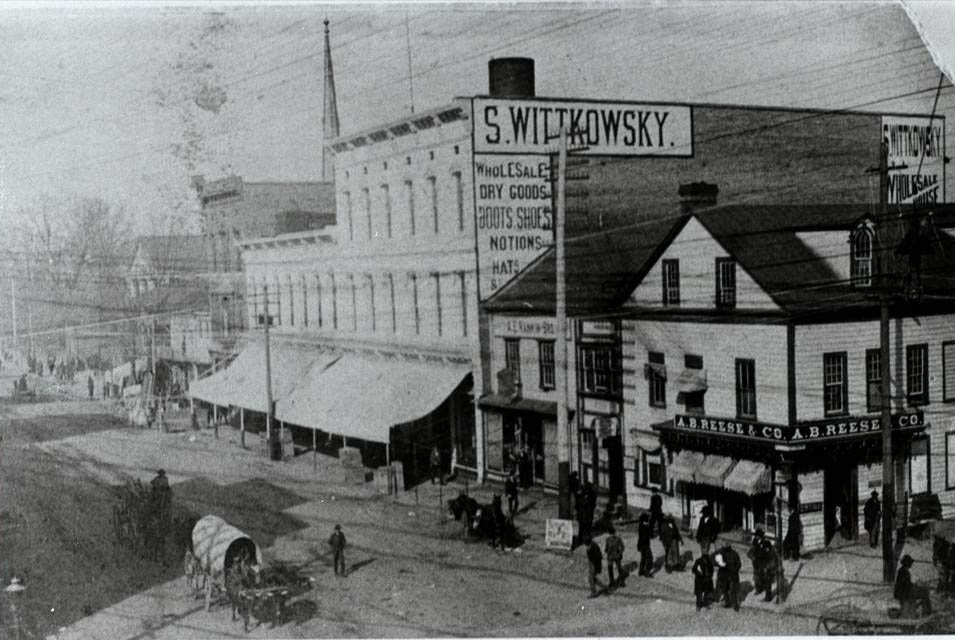
Samuel Wittkowsky operated a dry goods store at 8-10 W. Trade Street (now the Marriott Hotel). A resident of Charlotte in 1860, he had several partners, among them Jacob Rintels and Herman Baruch. Wittkowsky was the first elected president of the Chamber of Commerce in 1879, and one of the founders of the Charlotte Country Club. In this photo you can also see the pillars of the Court House at Trade and Church Streets and the spire of First Presbyterian Church.
#18 Charles W. Tillett House, 1895
#19 South Tryon Street, 1890s
#20 Central Hotel, 1890s
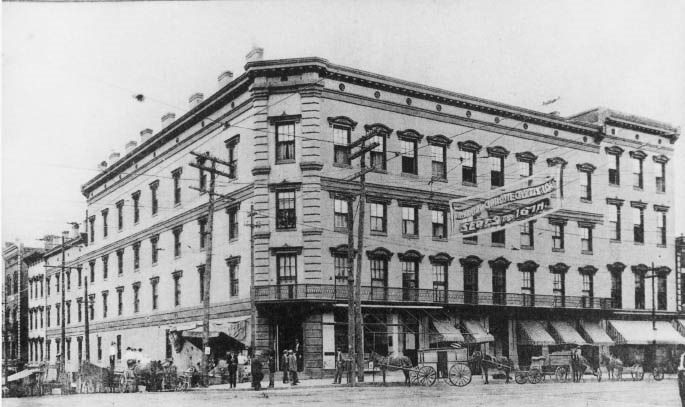
The Central Hotel was one of the longest operating hotels in Charlotte (1849-1930s.) Originally known as the Mansion House, the name was changed in the 1870s. The owners of the hotel boasted of its large, elegant ballroom. It was reportedly the largest hotel between Washington, DC and Atlanta, GA.
#21 Charlotte City Hall, 1895
#22 Charlotte City Hall, 1888
#23 Farm Workers, 1898
#24 Third Mecklenburg County Courthouse, 1890
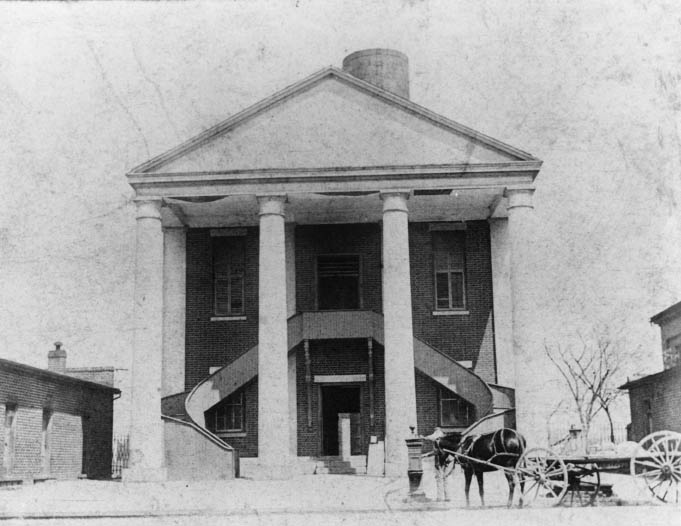
The Third Courthouse was located at Church and Trade Streets. Each of the tall, white columns were made from a single pine tree then stuccoed after being milled. It gives the appearance of marble. When the courthouse was torn down, no one recalled this fact, and the workers were surprised to discover perfectly preserved trees beneath the stucco. It was torn down in 1898.
#25 Central Hotel, 1890
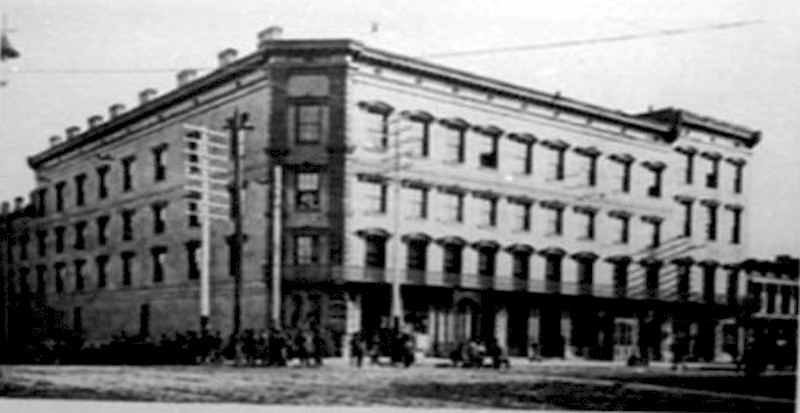
The Central Hotel was one of the longest operating hotels in Charlotte (1849-1930s.) Originally known as the Mansion House, the name was changed in the 1870s. The owners of the hotel boasted of its large, elegant ballroom. It was reportedly the largest hotel between Washington, DC and Atlanta, GA.


